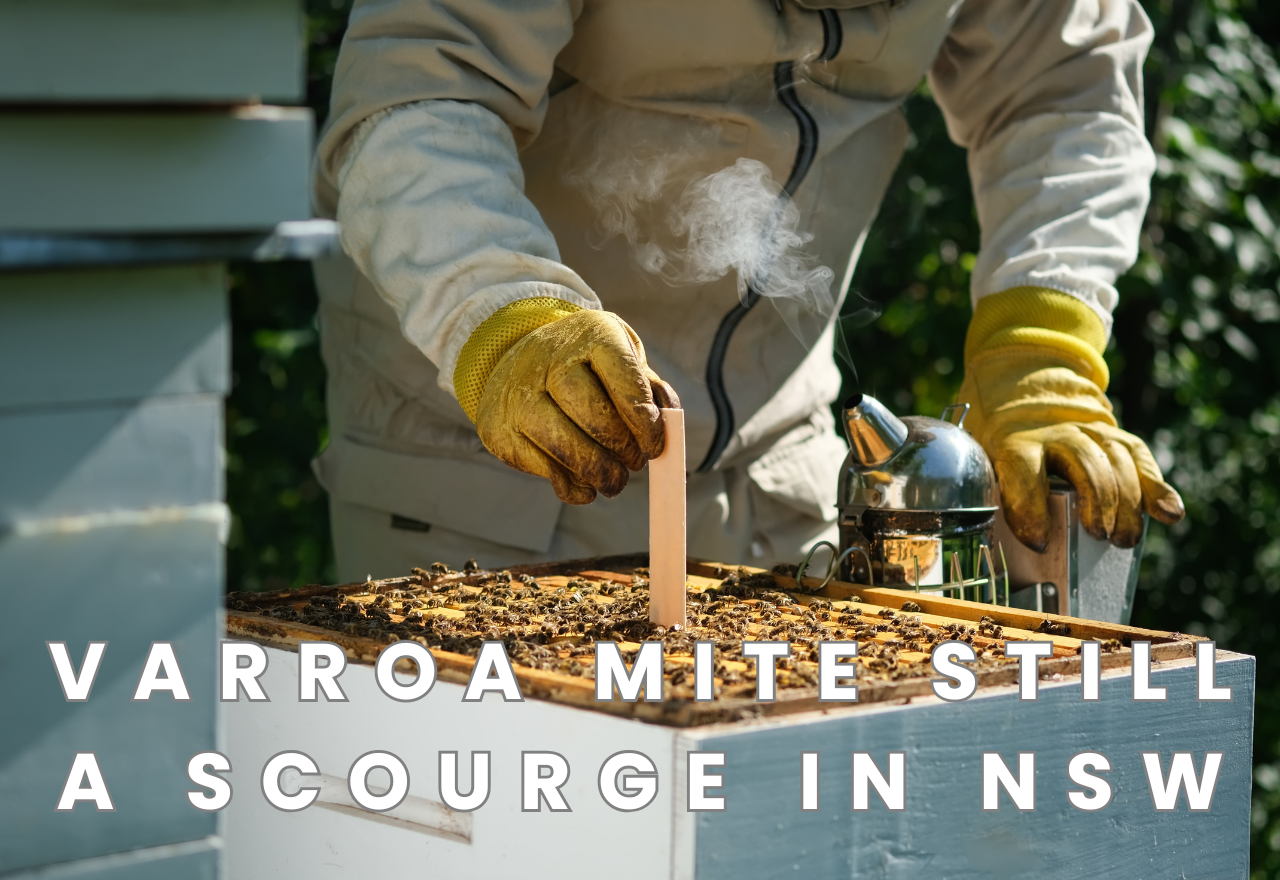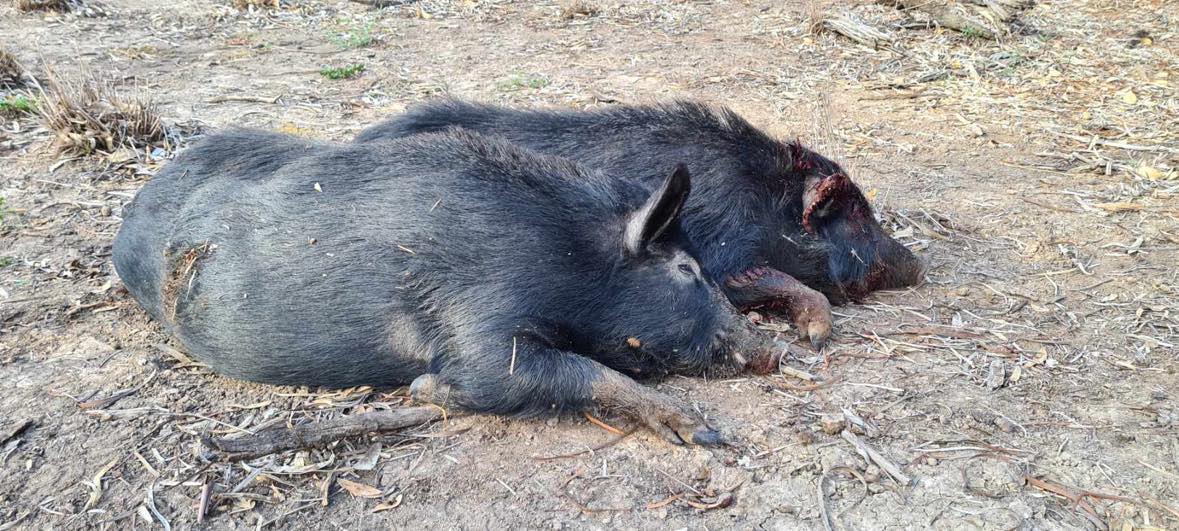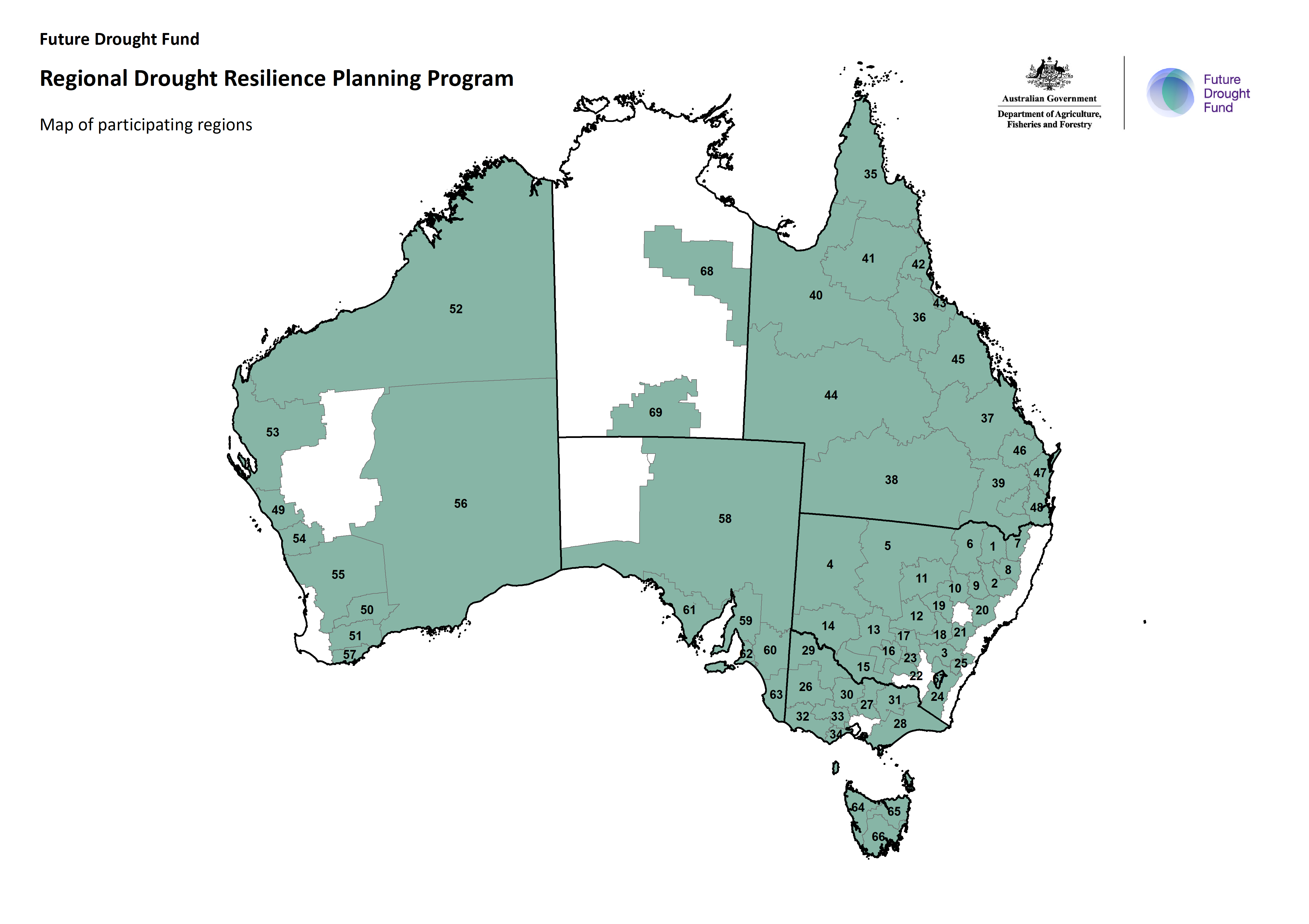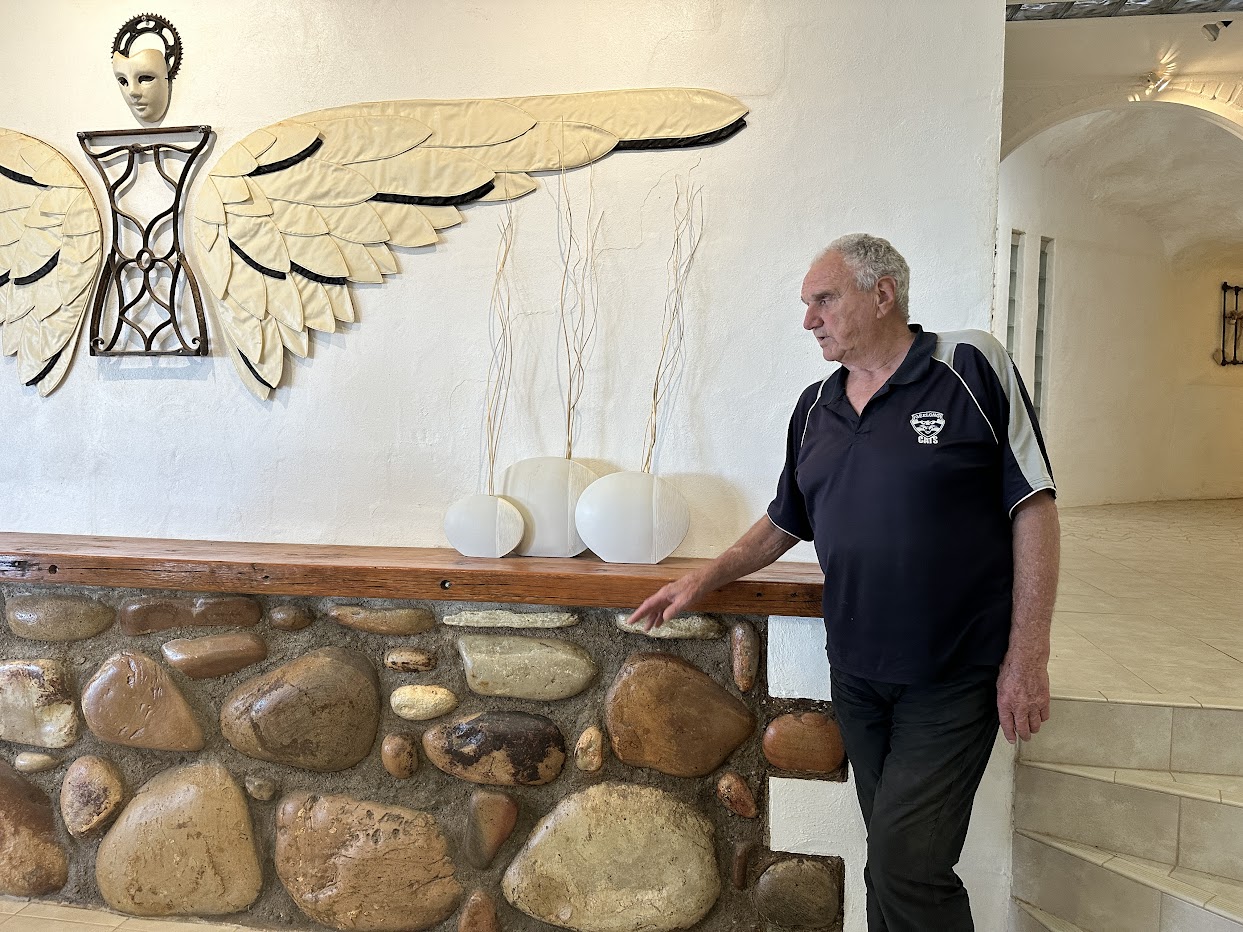Riverina's beekeeping industry under threat as Varroa Mite takes economic toll
Kimberly Grabham
27 November 2025, 7:00 PM

The beekeeping sector across the Riverina is experiencing an unprecedented financial crisis as the region grapples with the ongoing challenge of varroa mite management, placing critical agricultural pollination services at risk.
Three years after the parasitic pest was first identified in Australian hives at Newcastle, beekeepers servicing the Griffith, Hay and broader Riverina agricultural belt are warning that escalating operational costs could force widespread industry closures.
Treatment expenses and additional workforce requirements have skyrocketed for apiary operators throughout the region.
Operations of all sizes now face substantial annual cost increases, with some beekeepers already abandoning the industry rather than absorb these mounting expenses.
The economic ripple effects threaten to extend well beyond apiary businesses themselves.
With bees responsible for the pollination of approximately one-third of human food production, any significant reduction in available hives could trigger price increases for consumers and production challenges for farmers.
Nowhere are these concerns more acute than in the Griffith almond industry, which represents one of Australia's most pollination-intensive agricultural sectors.
The region's almond producers require hundreds of thousands of commercial hives each year to service tens of thousands of hectares of orchards. Pollination service costs have undergone dramatic transformation over the past two decades, with expenses increasing substantially. The arrival of varroa mite has added a further premium to these already elevated costs, placing additional financial strain on almond growers and other horticultural producers reliant on pollination services. The financial pressure on pollination services has sparked discussion within the almond sector about potentially transitioning to self-pollinating tree varieties. However, such a strategic shift carries significant complications.
Almond orchards remain productive for several decades, making variety changes a long-term commitment that requires patience through five to seven years before newly planted trees begin commercial production. Political representatives from the NSW Nationals have responded to industry concerns by advocating for enhanced government assistance.
Following recent consultations with Riverina beekeepers and agricultural producers, they have criticised what they characterise as insufficient biosecurity investment and departmental staffing reductions that have undermined the state's capacity to address the crisis effectively. The Griffith region hosts the nation's largest annual pollination event each season, with massive movements of hives converging on almond orchards. Political advocates have called for treatment subsidies, waived access fees for public lands used for hive placement, and strengthened departmental support for beekeepers navigating both varroa management and severe dry conditions affecting the Riverina. The Riverina encountered direct varroa mite incursions when infestations were confirmed in hives at Euroley near Darlington Point and at Euston along the Victorian border.
Biosecurity investigations traced these outbreaks to the Kempsey area on the state's mid-north coast.
Emergency response measures included movement restrictions and the controversial destruction of affected hives within designated eradication zones. Australian beekeeping has undergone fundamental transformation since the pest became established. The nation had previously remained the sole continent without varroa mite presence.
Apiarists now operate under mandatory monitoring requirements, conducting regular testing and implementing chemical or biological control measures to maintain mite populations at manageable levels.
Government biosecurity authorities have confirmed a strategic pivot from eradication efforts to long-term pest management. Financial assistance that was initially available to beekeepers during the early outbreak phase has been discontinued. No specific funding programmes currently exist to support horticultural producers experiencing pollination deficiencies, although investigations are underway into crop production issues reported in some districts.
The shift away from eradication attempts acknowledges the reality that varroa mite has achieved widespread distribution across New South Wales that made elimination impractical.
The pest has expanded its Australian range to include the Australian Capital Territory, Victoria, Queensland and South Australia, though infestation levels in these jurisdictions remain lower than in New South Wales.
National coordination efforts now emphasise building industry resilience through the National Varroa Mite Management Program.
This initiative delivers training to help beekeepers acquire the technical skills needed for effective pest control while maintaining colony health. Despite the management transition, varroa mite retains its classification as a notifiable pest throughout Australia, obligating beekeepers to report all confirmed detections.
Regional beekeepers face challenges extending beyond direct financial impacts.
The labour intensity of effective varroa management has increased substantially, with regular hive inspections, treatment applications and detailed record-keeping creating workload pressures. Industry experts warn that inadequately managed hives can serve as infestation sources that compromise neighbouring operations, even those maintaining rigorous treatment protocols. Without additional government intervention, industry analysts predict continued attrition among beekeeping enterprises.
Operators reaching financial breaking points may sell operations or significantly reduce hive numbers.
Such consolidation would inevitably constrain pollination service availability, driving costs higher while potentially limiting productive capacity across multiple crop sectors dependent on bee pollination.
Current drought conditions throughout much of the Riverina have intensified difficulties for beekeeping operations.
Reduced flowering and nectar availability limits opportunities for hives to build strength and honey reserves between contracted pollination assignments.
This environmental stress compounds the financial and operational pressures associated with varroa control requirements.
The beekeeping industry now confronts the challenge of establishing economically sustainable management frameworks that effectively control varroa populations without rendering apiary operations financially unviable. How this balance is achieved will significantly influence agricultural productivity, food costs and rural economic stability throughout the Riverina and comparable regional communities dependent on commercial pollination services.
NEWS
SPORT
RURAL
COMMUNITY










